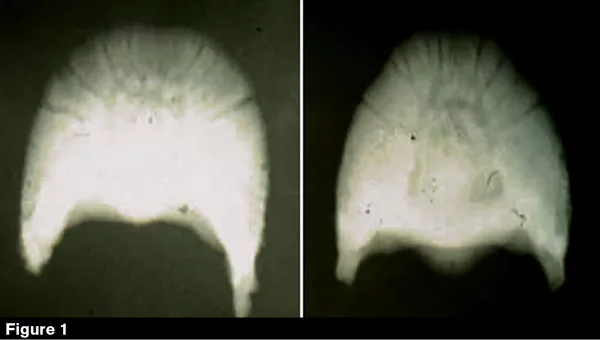American Farriers Journal
American Farriers Journal is the “hands-on” magazine for professional farriers, equine veterinarians and horse care product and service buyers.

The characteristics of a flexure limb deformity, commonly referred to as club foot, are easy to identify. Growth rings are wider at the heel, the toe is usually dished, the hoof is high on the heel and the coffin joint axis is broken forward. Radiographs often reveal that the coffin bone is deformed or remodeled. But what causes it?
After more than 50 years of experience as a practicing farrier and a doctorate in veterinary anatomy and equine nutrition, Crawford, Neb., farrier Doug Butler is well-versed in dealing with this common hoof malady. In a presentation at the late September 2017 Northeast Association of Equine Practitioners Symposium in Norfolk, Va., Butler discussed what constitutes a club foot, and went on to describe three different causes of the problem: genetics, nutrition and mechanics.
“These animals are usually born with this problem, but they can develop it as well,” says the International Horseshoeing Hall Of Fame member.
A club foot can be described as severe or not severe, with four different grades that are classified by Versaille, Ky., equine veterinarian Ric Redden, Butler says.
Grade 1. With an angle of 3 to 5 degrees higher than normal, the hoof growth rings in a Grade 1 club foot are nearly parallel, making it less serious.
Grade 2. A Grade 2 club foot has an angle of 5 to 8 degrees higher than normal, and has more heel height to the point that the heel does not touch the ground when the foot is…